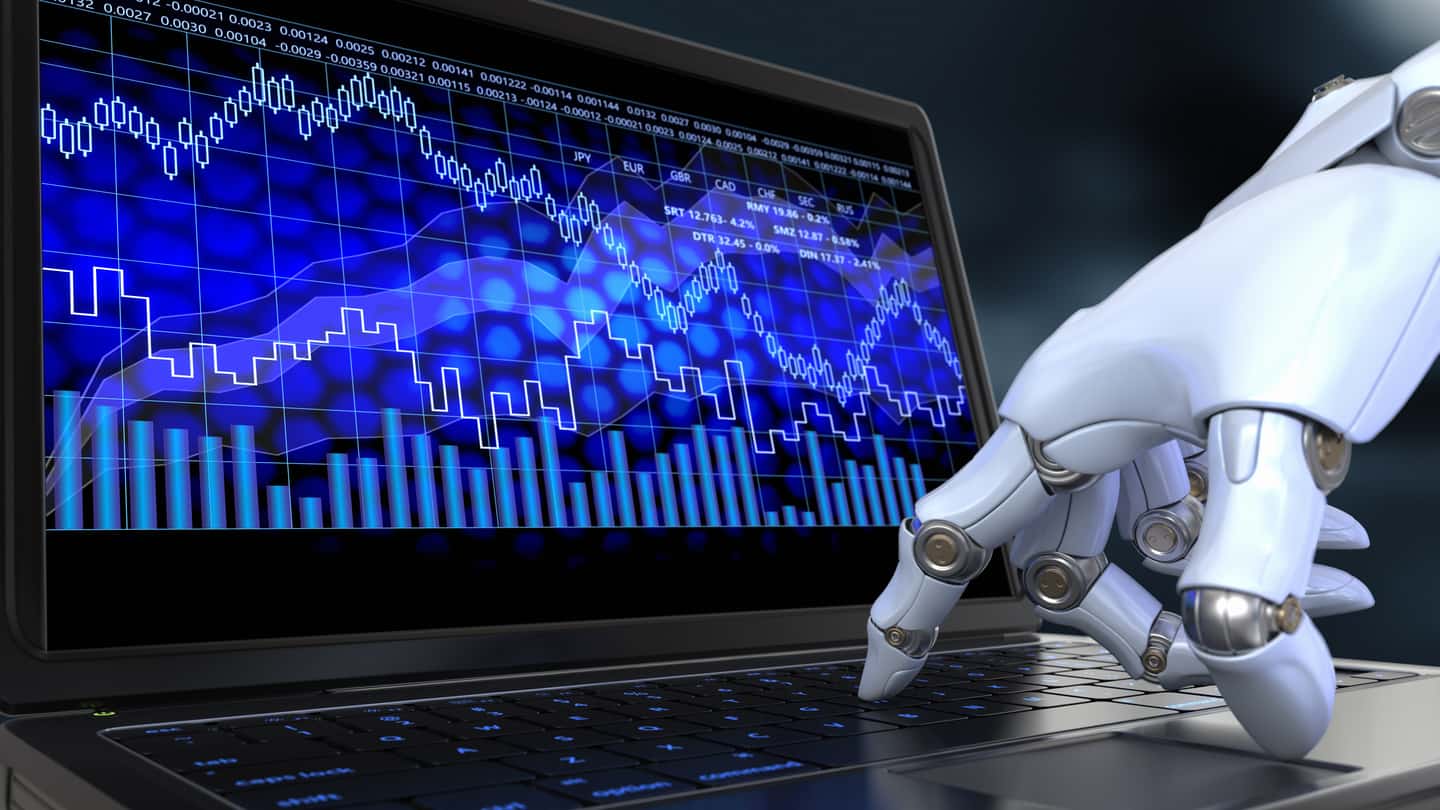Automatic trading on the stock exchange

One of the most striking examples of digital evolution is automated trading on the stock exchange — a process where transactions are executed not by humans directly, but by specialised programs following predefined algorithms.
The basic principle of automated trading is quite simple: a trader or programmer develops a strategy, which the system then executes automatically. This approach significantly reduces the influence of human factors—fear, greed, fatigue—and enables instant reactions to market events, something impossible to achieve manually.
Automated trading systems have gained the greatest popularity in the forex market, as well as in cryptocurrency trading. There are entire platforms where traders can rent or buy pre-existing robots. Some utilise technical analysis, while others leverage machine learning techniques. Regardless of the approach, the goal remains the same: to generate profit with minimal time and effort involved.
Automated trading opens up a wide range of opportunities for investors and traders—advantages that are often difficult to realise through manual trading. One of its key benefits is the ability to respond instantaneously to market changes. Unlike a human, a trading algorithm doesn’t need sleep, rest, or emotional input — it operates strictly according to set rules, 24/7, without breaks or interruptions.
Thanks to high-speed data processing, these systems can monitor dozens, even hundreds, of financial instruments simultaneously. While it’s challenging for a person to analyse multiple charts and indicators at once, an algorithm can process vast amounts of information in seconds and execute trades accordingly.
Another significant feature is strategy backtesting. Before deploying a trading bot in live markets, traders can test how their algorithm would have performed historically, identify strengths and weaknesses, and make necessary adjustments. This greatly reduces risks and improves the likelihood of success.
Equally valuable is the access that automated trading provides to methods that are difficult or impossible to perform manually. Examples include arbitrage between different exchanges, complex strategies based on mathematical models, and high-frequency trading, which are only feasible through advanced software solutions.
Furthermore, scalability is a major advantage. Unlike a manual trader limited by personal capacity, an algorithm can operate across multiple accounts, markets, and time zones simultaneously, without losing effectiveness.
Automated trading demands a deep understanding of markets, continuous monitoring, and regular fine-tuning. Coding errors or sudden changes in economic conditions can result in losses. That’s why professional traders see such systems not as a replacement, but as a powerful tool that enhances their capabilities.
Automated trading is a potent and promising instrument in the arsenal of today’s investor. With a prudent approach and proper management, it can deliver consistent returns and open new horizons for developing innovative financial strategies.